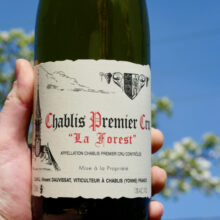
Product information
Vincent Dauvissat Chablis 1er Cru ‘La Forest’ 2021
$595
Description
The 2021 Chablis 1er Cru La Forest is a young classic, mingling scents of sweet citrus oil and peach with notions of white flowers, struck match, bee pollen and youthful reduction in an incipiently complex bouquet. Medium to full-bodied, fleshy and textural, it’s concentrated, taut and incisive, with a long, mineral finish. Drink 2025-2045
William Kelley, The Wine Advocate 94 Points AM 94
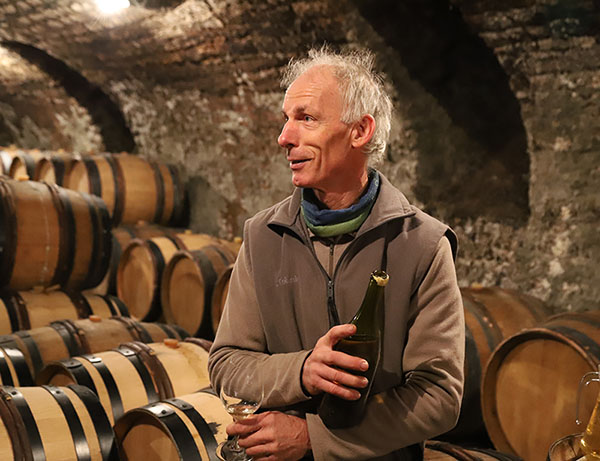
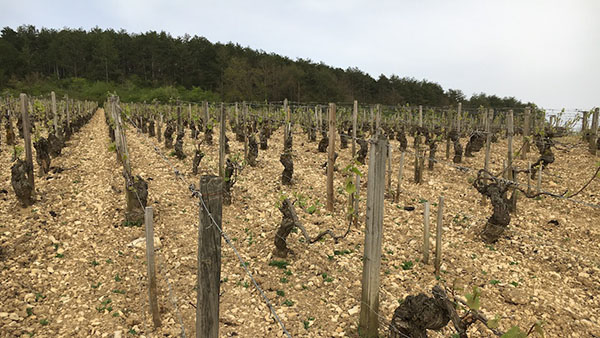
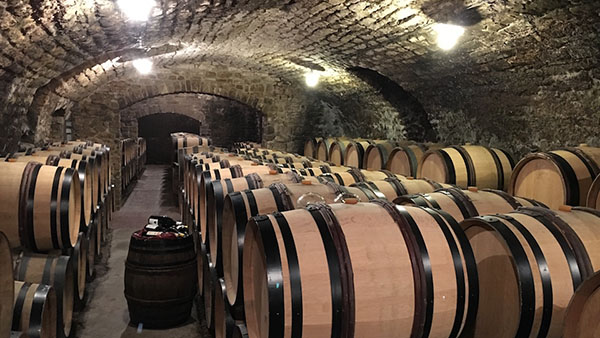
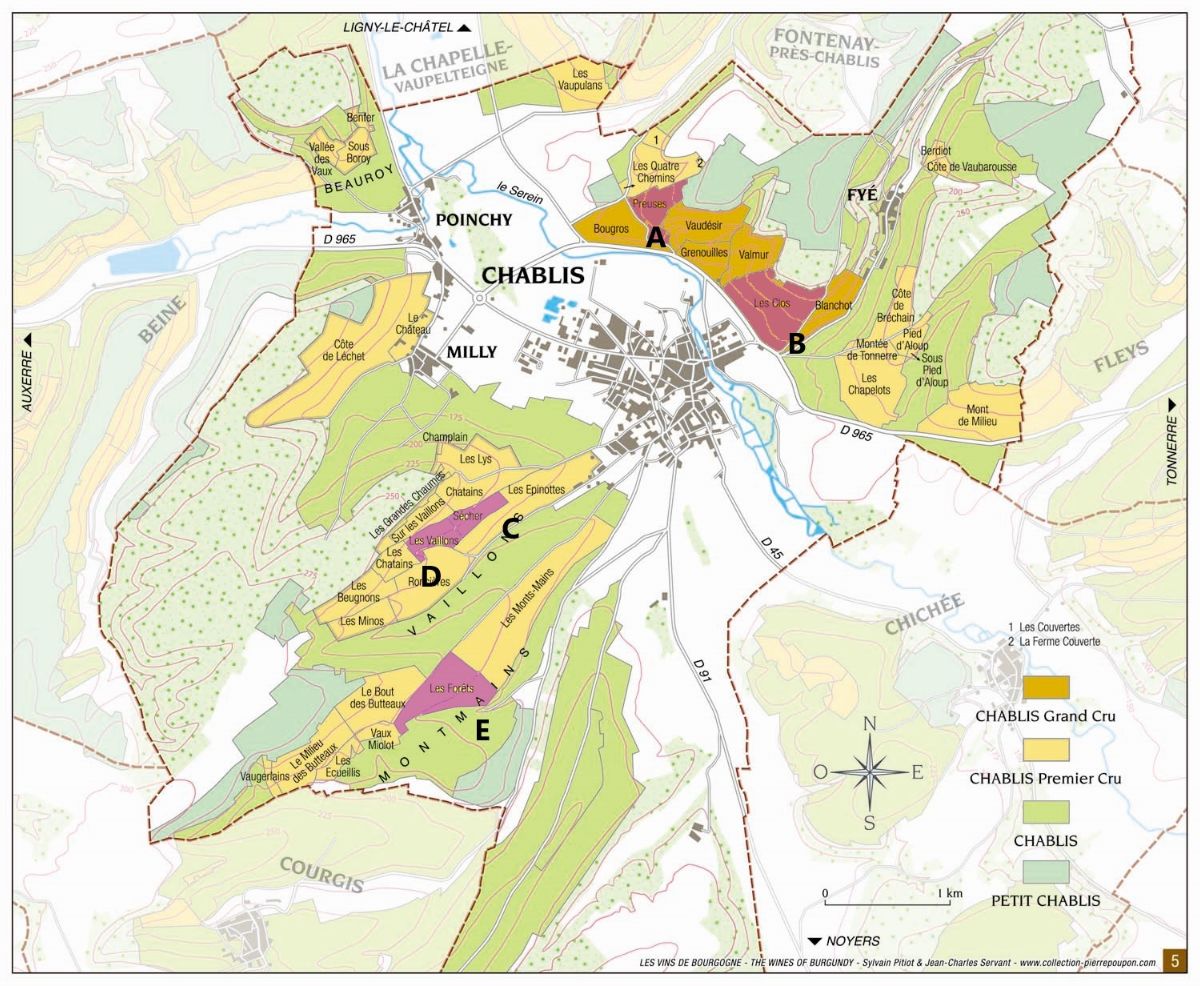

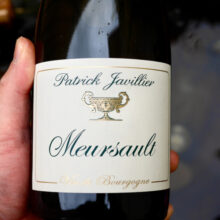
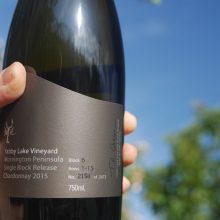
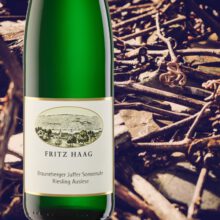
You must be logged in to post a comment.